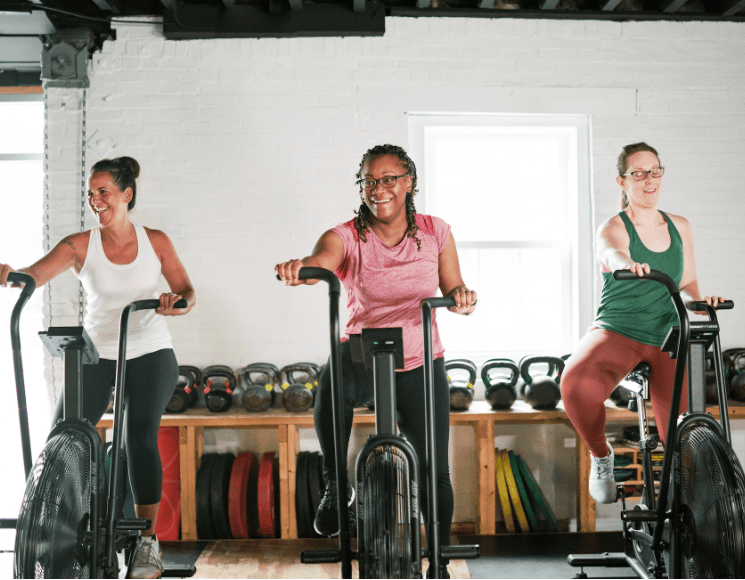Understanding the correlation between workout volume and fitness is crucial for individuals striving to optimize their training routines. In this article, we delve into the question of whether more workout volume equates to greater fitness gains. By examining the factors involved and considering individual differences, we can gain insights into how to structure our workouts effectively for improved fitness outcomes.
1. Defining Workout Volume: Workout volume refers to the total amount of work performed during a training session or over a given period. It typically includes variables such as the number of sets, repetitions, and exercises completed, as well as the load or intensity of the exercises. Higher workout volume generally implies a greater amount of physical stress placed on the body during training.
2. Adaptation and Progressive Overload: Fitness improvements occur when the body adapts to progressively increasing demands placed upon it. This concept, known as progressive overload, is a key principle in developing strength, endurance, and overall fitness. While workout volume can be an important factor in applying progressive overload, it is not the sole determinant of fitness gains.
3. Individual Variations: The relationship between workout volume and fitness is highly individualized and influenced by various factors. Factors such as genetics, training history, recovery capacity, and overall lifestyle play a significant role in how individuals respond to different training volumes. What works for one person may not yield the same results for another. It is essential to consider these individual variations when determining the optimal workout volume for improving fitness.
4. Quality Over Quantity: While increasing workout volume can contribute to fitness gains, it is important to prioritize quality over quantity. Simply performing more repetitions or exercises without proper technique, intensity, or focus may lead to diminished results or increased injury risk. Emphasizing proper form, intensity, and progression within a manageable volume is crucial for achieving optimal fitness outcomes.
5. Balancing Intensity and Volume: Finding the right balance between workout intensity and volume is key to maximizing fitness gains. High-intensity workouts with lower volume can be effective for developing strength and power, while moderate-intensity workouts with higher volume may be more suitable for endurance and conditioning goals. Tailoring your training program to include a variety of intensity levels and adjusting the volume based on individual response is a prudent approach.
6. Monitoring and Adjusting: Regularly monitoring your progress, performance, and recovery is essential for determining the ideal workout volume for your fitness goals. Keep track of key metrics such as strength gains, endurance improvements, and recovery indicators. If progress stalls or you experience excessive fatigue or decreased performance, it may be necessary to adjust the workout volume accordingly.
While workout volume can influence fitness gains, it is not the sole factor determining overall fitness outcomes. Individual differences, training history, recovery capacity, and quality of training all contribute to the equation. By considering these factors, balancing intensity and volume, and monitoring your progress, you can optimize your training program to achieve desired fitness results. Remember, finding the right balance is key to unlocking your full fitness potential.


